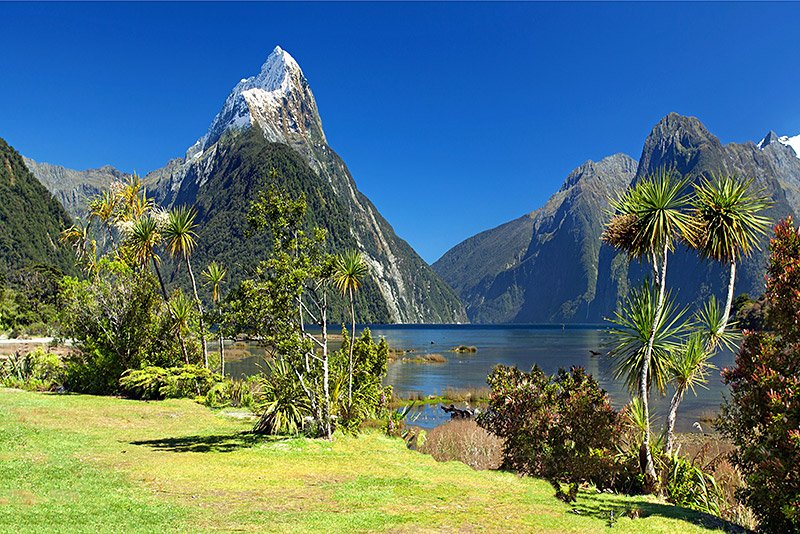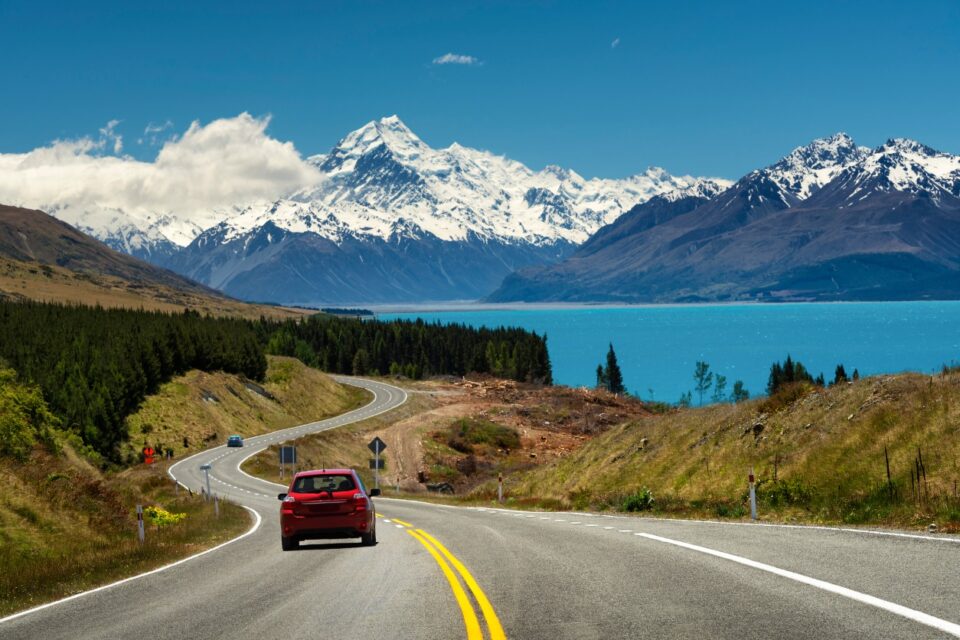Through February, New Zealand anticipates 500,000 tourists. The tourism industry’s lifeline, the number of foreign visitors to New Zealand is on the rise.
In January and February of this year, more than 500,000 foreign visitors are anticipated in New Zealand. Since the South Pacific nation’s travel restrictions were loosened, there will be more people crossing the border than ever before.
On July 31, New Zealand fully reopened its international border, and Stuart Nash, the minister of tourism, thinks that New Zealand has established itself as a “attractive destination” for tourists. It is the nearest neighbor to visit New Zealand, with ongoing efforts to encourage Australians to do so. 5% of people are employed in tourism.

With 5% of the workforce employed in jobs related to tourism, a large portion of New Zealanders rely on the industry for their livelihood. Due to border restrictions and a decline in tourism as a result of the epidemic, there was a demand for foreign labor in December. Many people with working holiday visas have already gone back to their homes or quit their jobs. Stuart Nash, the minister of tourism, addressed the issues facing the sector:
“With over 20,000 holders of working vacation visas having arrived in New Zealand, we predict a rise in the number of individuals directly employed in tourism over the next year.” Make the transition to more environmentally friendly travel.
The New Zealand government committed NZ $54 million ($36 million) in November to low-carbon, sustainable tourism projects, which are anticipated to bring in high-paying jobs. Stuart Nash, the minister of tourism, added the following:
We are working hard to ensure that the increase in tourism is environmentally responsible and has less of an impact on our natural landscape than in the past.
“We anticipate that travelers’ concerns about the environment are become more serious.”
The program seeks to draw and provide funding for initiatives that have a favorable effect on the environment and provide lower tourism-related carbon emissions. Other incentives include advancing environmental and biodiversity research, enhancing IT systems to boost industry productivity, and promoting and safeguarding Mori language and cultural understanding. A significant year is 2023.
Between 470,000 and 530,000 foreign visitors are anticipated to arrive in New Zealand’s major cities (Auckland (AKL), Christchurch (CHC), and Wellington) over the next two months, according to the country’s forecast (WLG). Before the start of COVID-19, New Zealand spent a total of NZ $41.9 billion ($26.5 billion) on tourism annually, or NZ $115 million ($72 million) a day. Nash added further:
“Tourism spending in our regions has already increased, and it is expected to do so throughout the summer.” Women’s World Cup of Football.

The Women’s Football World Cup will begin on July 20 and go through August 20 in Australia and New Zealand. Auckland, Dunedin, Hamilton, and Wellington will all serve as host cities for the games. The tournament will be staged in the Southern Hemisphere for the first time and for the first time by two different countries.
This is anticipated to benefit local economies as tourists explore the area’s attractions and increase the number of visitors from abroad.





